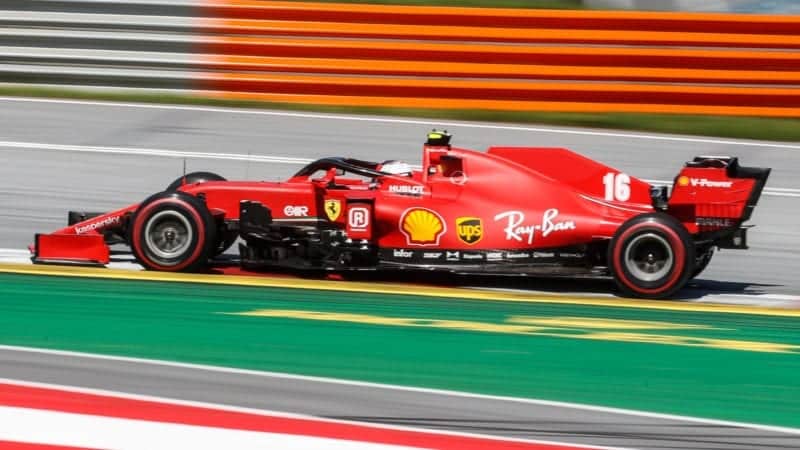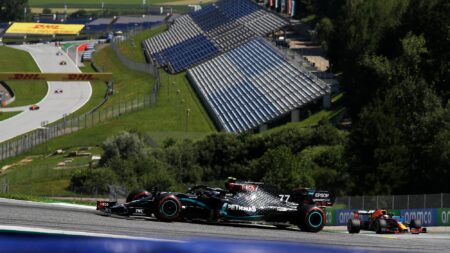“Moreover it’s about checking that the chosen direction of development is the right one, precisely because it will be possible to do a true back-to-back on every upgrade.”
The team was almost a full second down on its 2019 times around the Red Bull Ring in qualifying trim, with team principal Mattia Binotto admitting that 0.7sec of that time lost was on the straights.
Following the FIA clampdown on oil burning at the 2019 United States Grand Prix and following the subsequent investigation of the Ferrari power unit by the FIA, the team has not had anything like the same pace in a straight line as it enjoyed for so long last season.
Leclerc was able to battle his way through the field from ninth on the grid after several safety car periods, but team-mate Sebastian Vettel struggled on the opening weekend, slumping to a 10th place finish after a spin.
On board footage from the four-time champion during the opening stages of the race showed the mid-corner instability both drivers are fighting with the new car.
Since the end of winter testing, the team has shifted its focus on the direction it will take with the development of its 2020 car, which itself is limited by the restrictions arrising from the Covid-19 pandemic and F1’s efforts to cut spending.
“The truth is that the outcome of the tests led us to take a significant change of direction in terms of development, especially on the aerodynamic front,” Binotto said ahead of the Austrian Grand Prix.
“It would have been counterproductive to continue in the direction we had planned, knowing that we would not have reached our goals. Therefore we decided to come up with a new programme that looked at the whole car, knowing that not all of it would be ready for the first race.”


